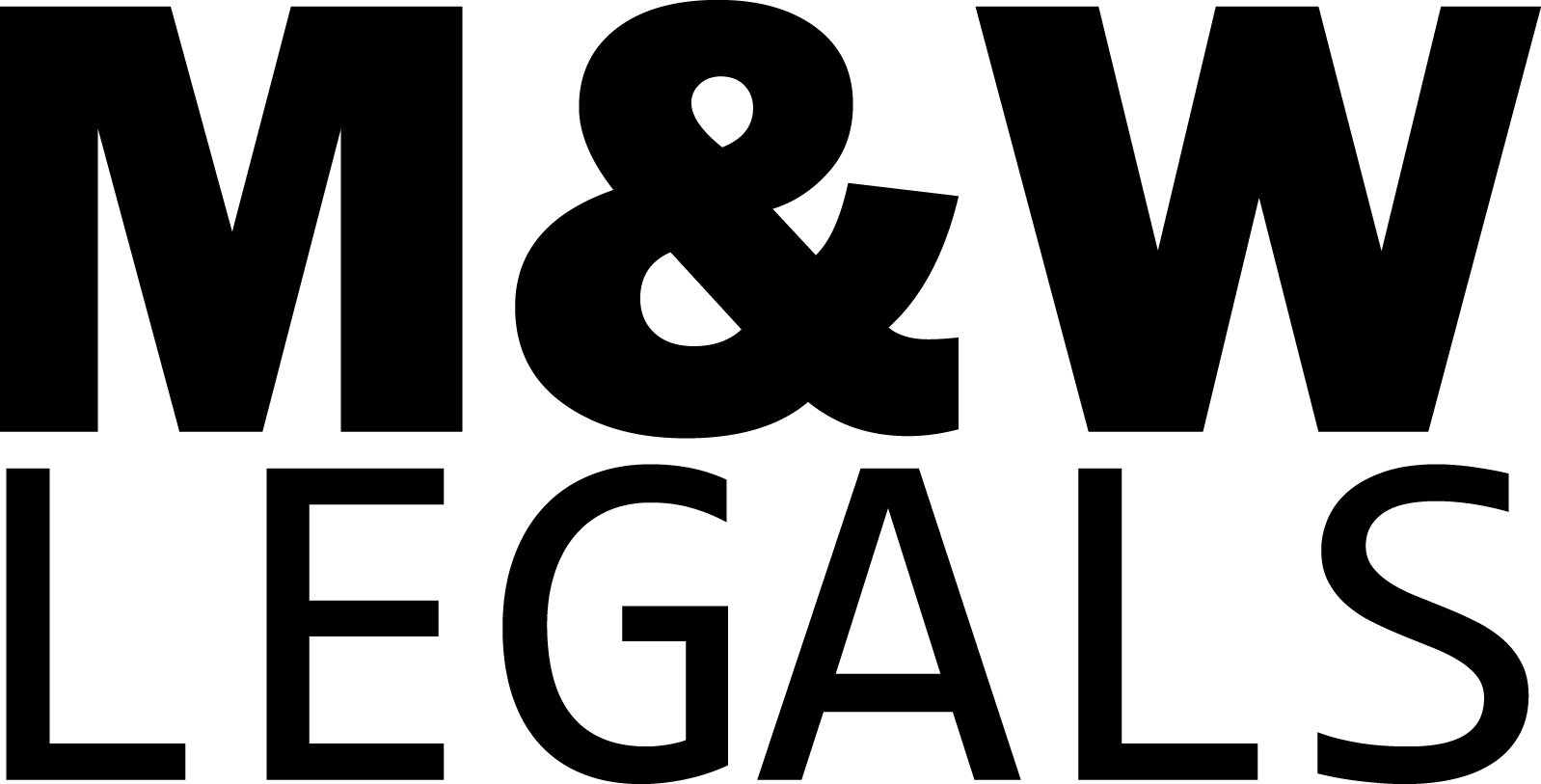What is Strata?
Strata Title allows individual ownership of part of a property (called a ‘lot’ and generally an apartment or townhouse), combined with shared ownership in the remainder (called ‘Common Property’ e.g. foyers, driveways, gardens) through a legal entity called the Owners Corporation or a Community Association, depending on your state or territory of residence and the type of scheme. The concept came into being 50 years ago and there are now more than 270,000 such schemes encompassing more than two million individual lots across Australia.
Why is it important to have a Strata Report?
In today’s competitive real estate market, everyone is seeking an affordable way to get on the property ladder. Units, townhouses or apartments can fit the bill when it comes to affordability, but it’s vital to look into the history of the property and its strata scheme.
Getting a Strata Report before you buy is a vital part of conducting your due diligence. It means you have almost everything you need to know about a strata property – and the people involved in it – before you make a financial decision.
A badly managed strata scheme can affect the re-sale value of your property, damage your budget and, in the case of an investment, your rental return.
What does a Strata Report tell me?
A Strata Report tells you whether the strata plan you are buying into is a good investment. It independently uncovers whether it is well-run, well-maintained, adequately financed, and planned well into the future.
It can reassure you that where you are buying into is a nice place to live with well maintained amenities. Or it can protect you from the nightmare of financial mismanagement, owners’ disputes, high levies or unresolved legal issues.
What is Section 182?
A Strata Title, or Strata Plan Search is a thorough investigation of the records including minutes of meetings and the financial records of a particular Strata Scheme. It is also known as an Owners Corporation Records Inspection or Section 184 search. The Section 182 refers to the relevant section of the NSW Strata Schemes Management Act 2015, which covers Strata Searches.
What rights do I have as the owner of a strata property?
You have rights as the owner of your unit or apartment – as well as sharing ownership and responsibility for ‘common property’ such as foyers, driveways and gardens. As a unit owner, you are automatically a member of the ‘Owners Corporation’ which has responsibility for common property.
Your interest and voting rights (at general meetings of the Owners Corporation), known as lot entitlements, are spelt out on the strata plan or certificate of title for the building. These should be included in your contract and you should take the time to understand them.
You must pay your levies and comply with the scheme’s by-laws, which can cover everything from renovations to pets.
You have the right to contribute to your community’s decision making, to stand for a position on your committee and generally be heard.
What’s different about living in a strata property?
Apartment, unit and townhouse living is not like living in a house. You share common spaces. So while your home is your ‘castle’, the steps, halls and pathways from the building front door to your front door are likely to belong to everyone. As well as doing your research and having a thorough Strata Report done before you purchase, it’s worth checking things like:
-
the car space or garage you were shown is correctly allocated to the apartment.
-
the condition of the building – are the funds in the sinking fund a match for long term maintenance planned?
-
pet friendliness – you should check the by-laws to see if pets are allowed but you should always get approval from the Owners Corporation before taking any animal to live at the building.
-
what emergency arrangements are in place?
-
who to contact on your executive committee if something goes wrong in the building.
-
neighbourly friendliness – ask around, visit at different times of day, week etc.
Frequently Asked Questions

